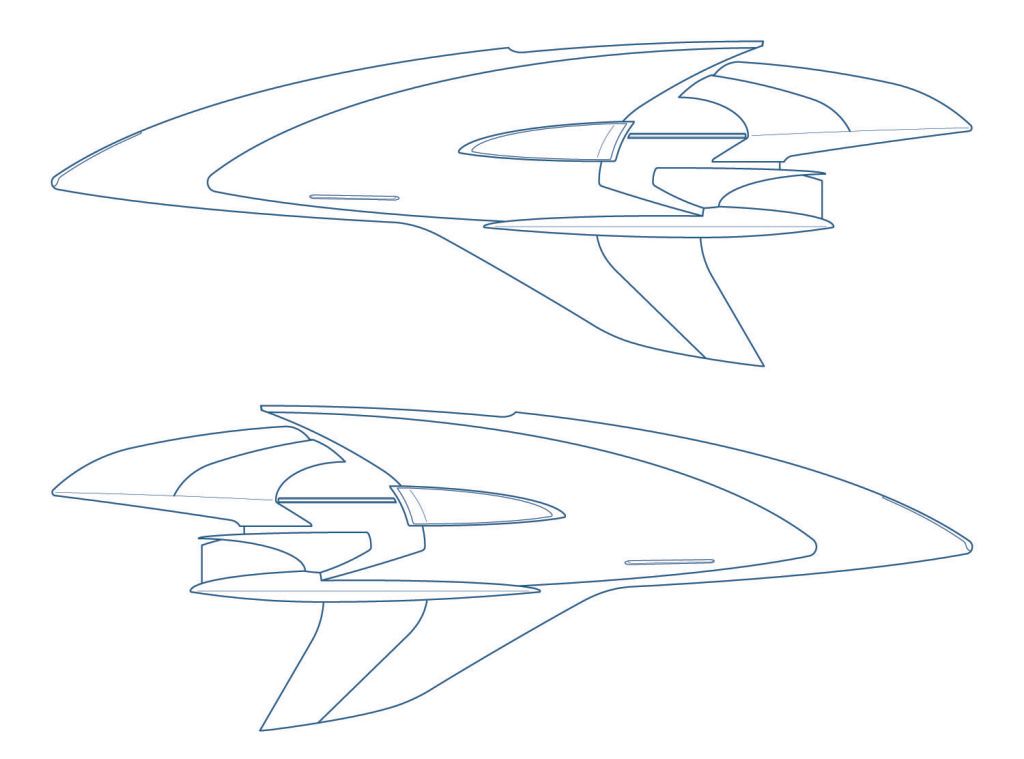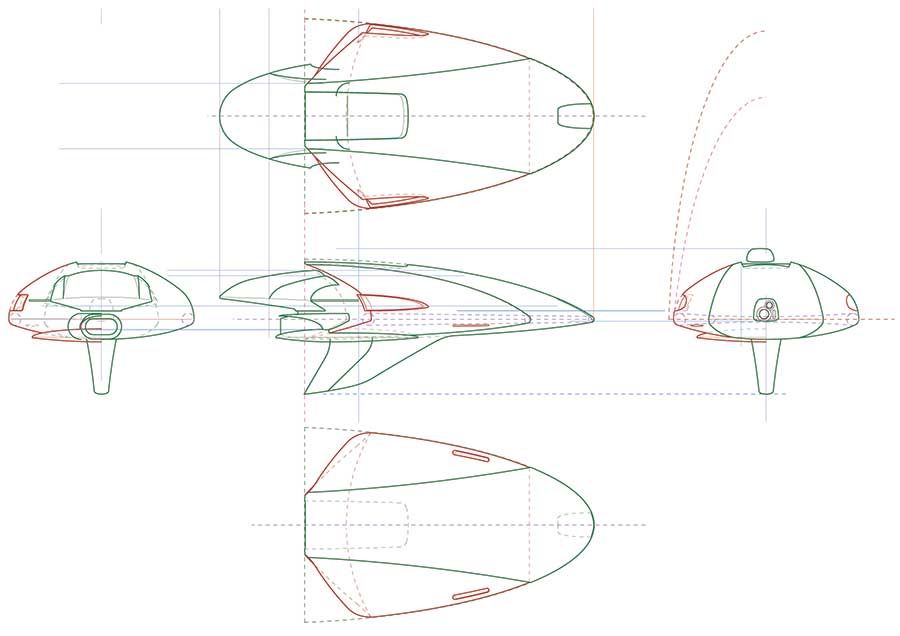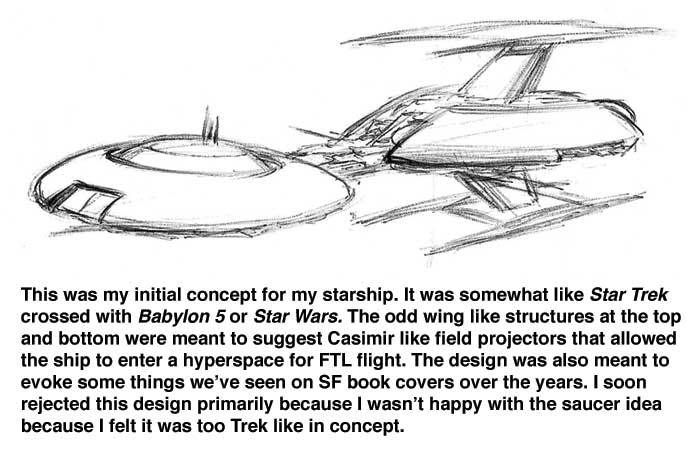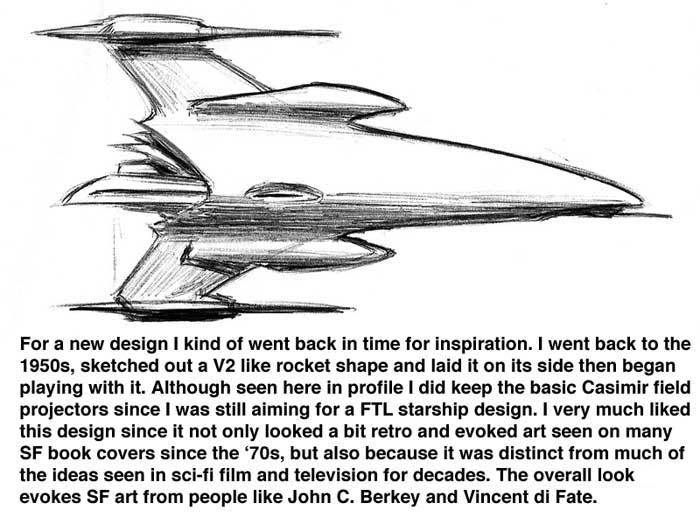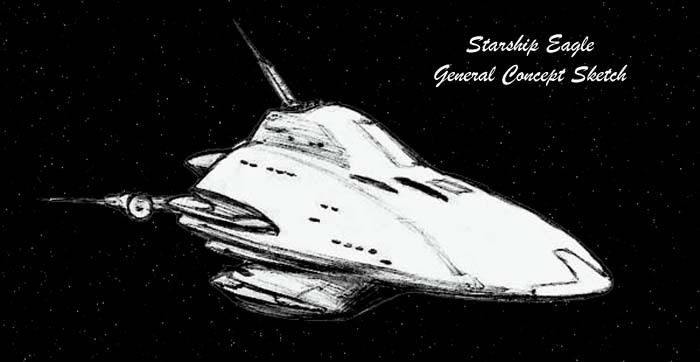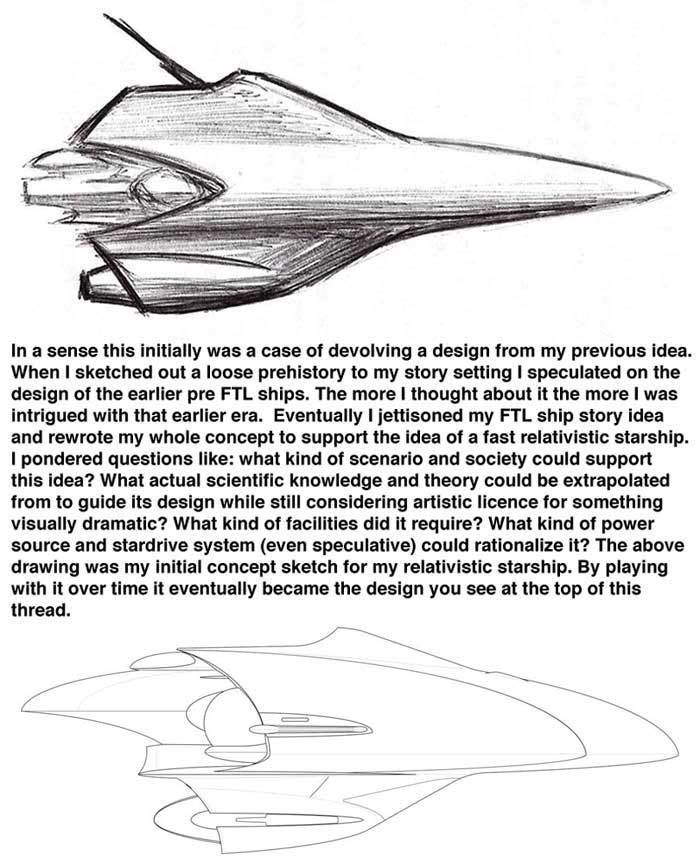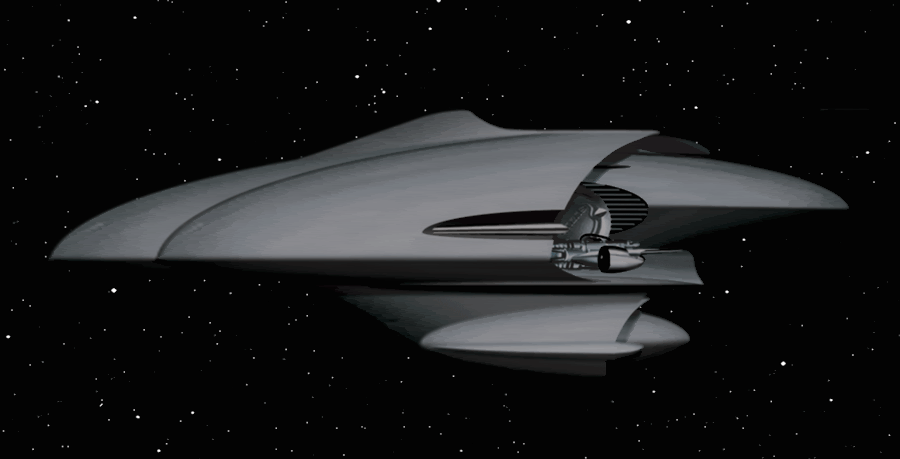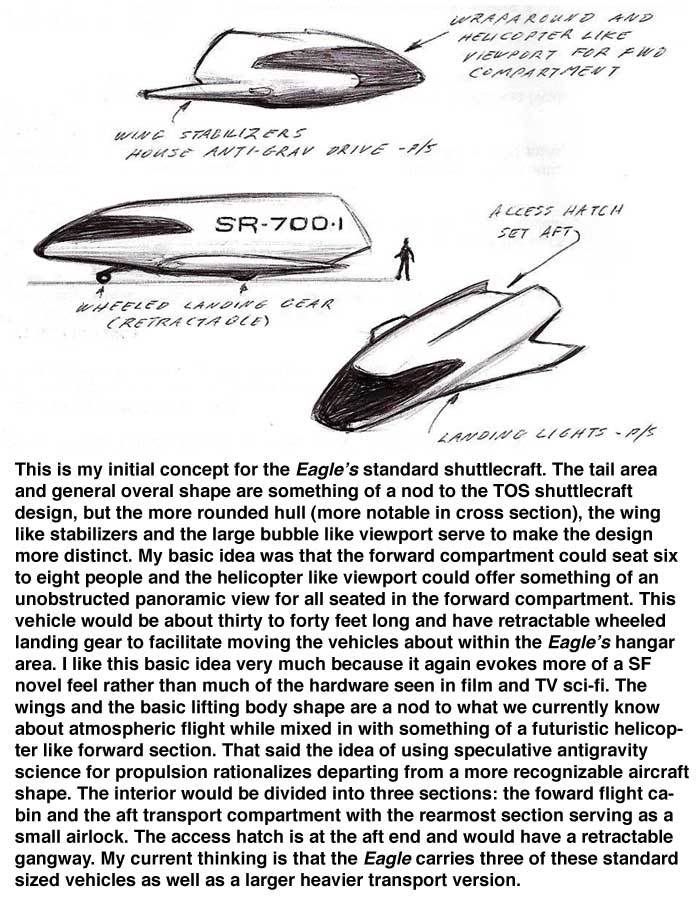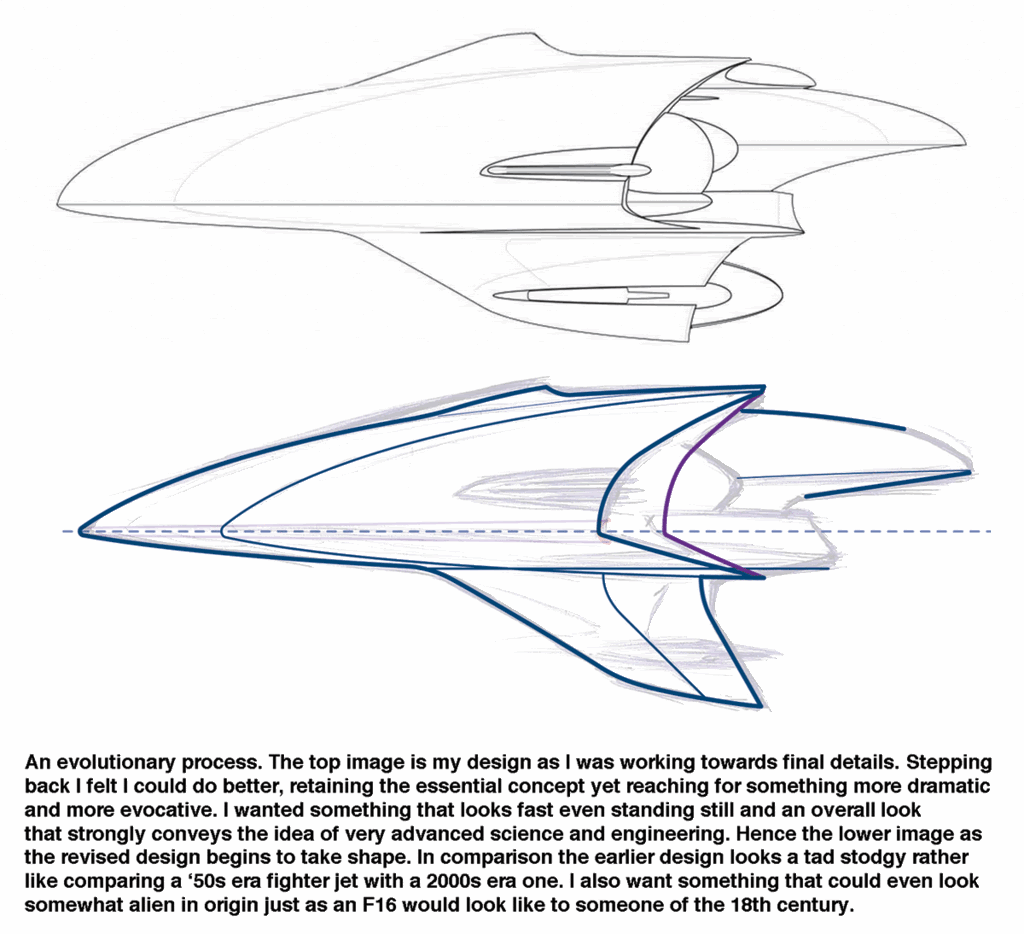Reaching relativistic speeds isn’t hard in theory. You simply achieve a nominal 1g acceleration until you reach an attainable cruising speed then coast until you need to apply a 1g deceleration. At 1g you could reach perhaps seventy to ninety percent light within a year. Simple, but bear in mind that you will need to carry enough fuel for easily two years of engine performance and that doesn’t include a return flight or fuel required for interplanetary maneuvering at your destination. That’s a lot of mass not counting other supplies.
Conventional reaction rockets are basically impractical for interstellar flight. Their main limitations are performance and significant fuel requirements. Conceivably, though, the best rocket drive would be a photon rocket. If a perfect matter/antimatter reaction could be achieved as a collimated beam of pure radiation we would have an engine thrust velocity near equal to the speed of light. And with sufficient antimatter the ship would be ninety-nine percent payload and less than one percent fuel. Very respectable, but production of significant quantities of antimatter is rather problematical and presently no one has any idea of how to build such a system.
Furthermore, matter/antimatter reaction may result in a one hundred percent release of energy, but it doesn’t give us one hundred percent of usable energy. Much of the energy released is as gamma rays, something from which the habitable areas of the ship would have to be properly shielded. The remaining energy release would allow for a thrust velocity of fifty percent light—still far better than anything else known.
Still, there has to be a better way.
With the exception of having a FTL drive what would be the ideal conditions for star-flight? An Earth equivalent gravity environment, an energy effective power system, a cruising speed as close as possible to light and fantastic acceleration/deceleration to wrest the most benefit from relativity. Possible?
As farfetched as these demands are they are attainable albeit with some ambitious speculation yet not beyond the realm of genuine theoretical science.
A gravity environment is essential for long range space travel whether interplanetary or interstellar. Extended periods in zero-g results in loss of bone density and muscle atrophy, including weakening of the heart, even with dedicated regular exercise. Returning from extended zero-g flights has been shown to be a taxing adjustment until one becomes re-acclimated to Earth gravity. A sufficiently extended stay in zero-g could conceivably make it impossible to return to Earth—a formally physically fit astronaut could be reduced to the semblance of an invalid. A gravity environment, and preferably an Earth equivalent one, is the surest way to prevent such physiological difficulties.
Attaining a 1g Earth equivalent environment is rather simple in strictly mechanical terms. All you need do is have sections of the ship spin about a central axis—the resulting centrifugal force will sufficiently simulate a 1g environment, but only in those sections being spun. The remainder of the ship would remain as a zero-g environment. Indeed this is a likely acceptable approach for interplanetary travel in the near term, but it might prove impractical for a truly advanced interstellar starship. What is needed is some form of artificial gravity without the cumbersome mechanics for utilizing centrifugal force.
The basic problem here is that gravity is a result of mass and also that it is a weak force. Simply consider that all matter has a measure of gravity, but that it takes the entire mass of the Earth to hold you down and keep you from flying off the surface into space. Now we not only seek to bypass the mechanics of centrifugal force, but we also seek to bypass the requisite mass of an entire planet just to simulate a 1g environment!
That last statement mightn’t be quite as absurd as it sounds. If you could somehow harvest a minute amount of condensed matter from a neutron star then theoretically you might be able to have a 1g gravity field without the physical bulk of an entire planet. That said you would still be burdened by the equivalent mass of said planet which would make for an astonishingly heavy spacecraft. If you think accelerating a space vehicle close to light speed is challenging try envisioning propelling something of planetary mass!
It may be that to simulate a 1g environment we require something presently wholly theoretical: exotic matter. Some form of exotic matter yet to be discovered or fabricated might simulate gravity yet without the equivalent planetary mass and bulk. And such exotic matter might easily prove repulsive as opposed to attractive—either would do as long as it simulates 1g or whatever value we wished. We may also one day learn to generate gravity fields in a presently unimagined manner.
A significant advantage in having a 1g environment aboard our starship is that it allows for the possibility of greater acceleration than 1g—the 1g down force serving to counteract some of the effects of greater acceleration. Better acceleration allows reaching cruising speed quicker and better reap the benefits of relativity. In tandem with hibernation it might be possible to reach accelerations of about 10g.
Manipulating gravity would offer unimagined possibilities, particularly if we could develop a means of generating antigravity. Antigravity could be either a passive force that simply nullifies the effects of a local gravity field (such as a planet) or it could be a force that actively repels matter. This would actually be negative gravity and its implications are fantastic.
Consider: if you are in free fall over Earth you are increasing speed at about 35 kilometers per second every second, but you don’t feel anything at all, until you land rather abruptly. And this would be true in any gravity field. On Jupiter you would accelerate at 96 kps every second, but you still wouldn’t feel anything. Near the Sun you’d accelerate at 966 kps every second and still feel nothing unusual. Even near a white dwarf star you’d accelerate something like 161,000 kps every second without discomfort—and here we’re dealing with a 4600g acceleration. No matter how strong the gravity field you would experience no physical stress when accelerating because the gravity is acting simultaneously on every atom of your body. And this prin-ciple would apply whether a gravity field were pulling or pushing you.
If we can generate and manipulate gravity fields, and particularly negative gravity, we could then accelerate at incredible velocities and in any direction without any mechanical stress. Such a means of propulsion, limited only by available power, would be an incredible stardrive. Coupled with some form of inertia dampening system we could conceivably accelerate and decelerate relatively instantaneously. Acceleration to .9c or better might be achieved in weeks or even days as opposed to a year or more at 1g. It would also allow for a highly maneuverable vehicle.
Of course a 100, 1000 or even 10,000g acceleration without ill effect is a truly startling thought.
Another little thought to ponder: since an object’s mass increases with speed could that somehow be channeled into a negative gravity field? At speeds close to light an object’s mass would be prodigious—wouldn’t it be wonderful if we could channel that increased mass into our N-gravity drive?
Of course we are discussing something that is mathematically possible in physics, but presently impossible by a lack in scientific understanding and technology. It may be that we need a startling breakthrough in physics to manipulate gravity and then it might be strictly a matter of technological prowess. Such things have happened before when theories could not yet be properly tested and realized because of a deficiency in science and technology. Once the underlying science is understood then it remains to explore whether a technology can exploit it.
But such is the realm of science fiction.
